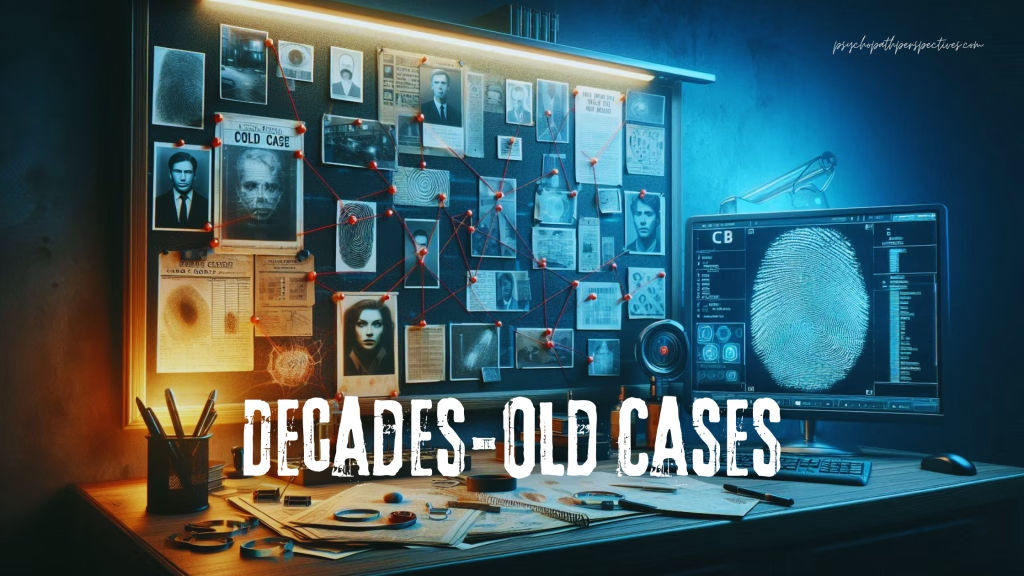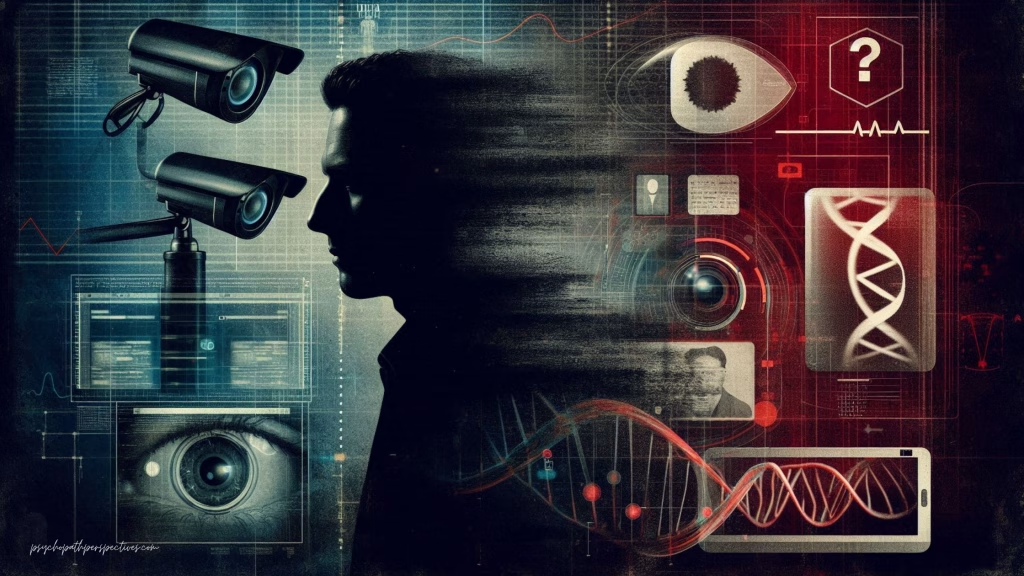For years, many criminal cases sat on dusty shelves unsolved, forgotten, and filed away as cold cases. But recent technological breakthroughs are changing that. From advanced DNA analysis to artificial intelligence, modern tools are breathing new life into decades-old mysteries, helping law enforcement uncover the truth that once seemed lost to time.
So, how exactly is technology reshaping the future of justice? Let’s take a closer look.
What Are Cold Cases?
Cold cases are unsolved criminal investigations that remain open due to a lack of evidence or leads. These cases can span decades, and while the victims’ families never stop searching for answers, many cases historically hit a dead end.
Now, however, the rules of the game have changed.
DNA Profiling: A Game-Changer in Forensic Science
The biggest breakthrough? Advanced DNA sequencing.
Even the tiniest trace of blood, skin cells, or a single strand of hair can now be used to build a genetic profile with astonishing precision. What was once “inconclusive” evidence is now a goldmine of data, thanks to high-powered DNA testing techniques.
🧬 Example: The notorious Golden State Killer was identified in 2018 using DNA from a decades-old crime scene combined with public genealogy databases. Without this technology, he likely would have remained anonymous.
The Rise of Genetic Genealogy
Genetic genealogy is the technique of matching crime scene DNA to distant relatives through platforms like GEDmatch or AncestryDNA. It blends traditional family-tree research with cutting-edge biology to pinpoint suspects even if they’ve never been in a criminal database.
This method is quietly solving cases that have puzzled police for 30 or 40 years.
Enhanced Fingerprint & Ballistic Analysis
DNA isn’t the only tool getting an upgrade.
🔍 Fingerprints
New digital imaging can now analyze older, smudged, or partial prints with stunning clarity, revealing ridge patterns that were previously unreadable.
🔫 Ballistics
Modern ballistics software compares shell casings and bullet markings with much higher accuracy. Investigators can now match weapons to crime scenes across state lines—and sometimes across decades.
Digital Forensics & AI: Uncovering Hidden Clues
Let’s not forget the rise of artificial intelligence and digital forensics.
Encrypted files, deleted texts, and old voicemail data that once seemed permanently lost can now be recovered, reconstructed, and analyzed.
AI can even sift through massive volumes of case data, flagging patterns, inconsistencies, or leads that human investigators might overlook. It’s not replacing detectives, it’s helping them focus their time where it matters most.
Public Databases & Crowdsourcing Cold Justice
Another unexpected hero? You.
Crowdsourcing platforms and social media have become powerful tools for solving cases. Law enforcement agencies now actively use Facebook, Reddit, and YouTube to share case files, search for witnesses, and collect public tips.
In some cases, these tips have cracked cases wide open, years after they went cold.
Read more: 5 Unsolved Murder Mysteries That Still Baffle Investigators
Challenges That Remain
Despite the promising advancements, some hurdles persist:
- Degraded evidence: Time can damage physical evidence beyond recovery.
- Data overload: Huge volumes of digital data can overwhelm small police departments.
- Privacy concerns: The use of public DNA databases raises ethical questions about consent and data rights.
Still, the momentum is hard to ignore.
The Future of Solving Cold Cases
We’re only just scratching the surface of what’s possible.
As technology continues to evolve, we can expect even more breakthroughs, more stories told, more justice served, and more families finally receiving the answers they’ve waited so long for.
In the hands of skilled investigators, modern tools are doing something incredible: they’re making the past speak again.
🧩 Final Thoughts
The phrase “justice delayed is justice denied” may not apply much longer. Because thanks to advancements in modern forensics, justice might only be delayed, not denied entirely.




Pingback: The Tragic Story of Gabby Petito - Serial Killers Perspectives